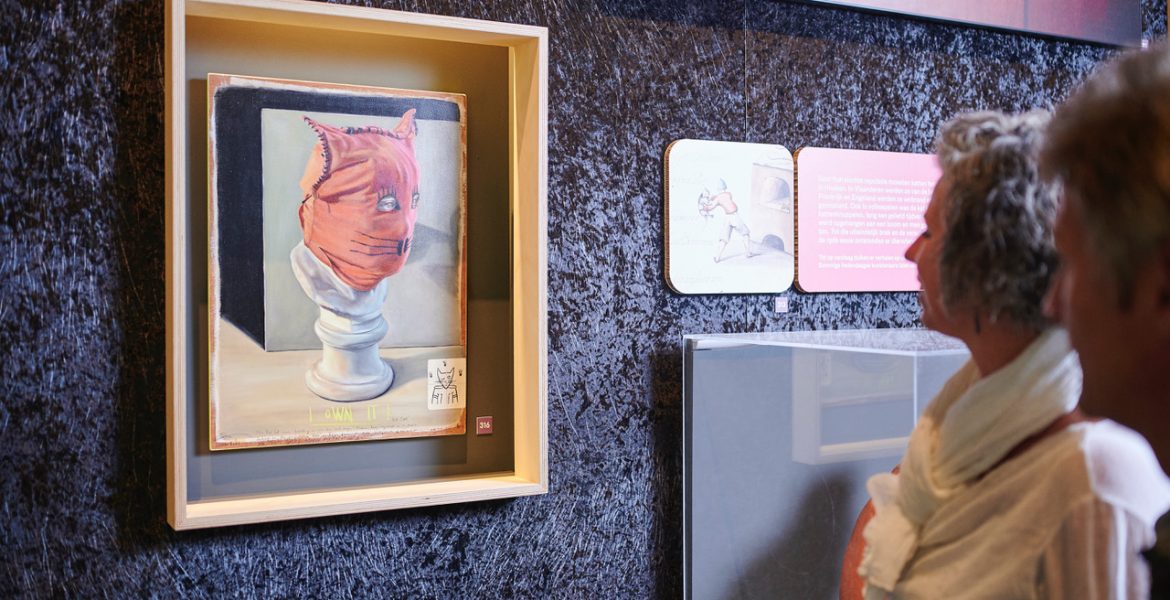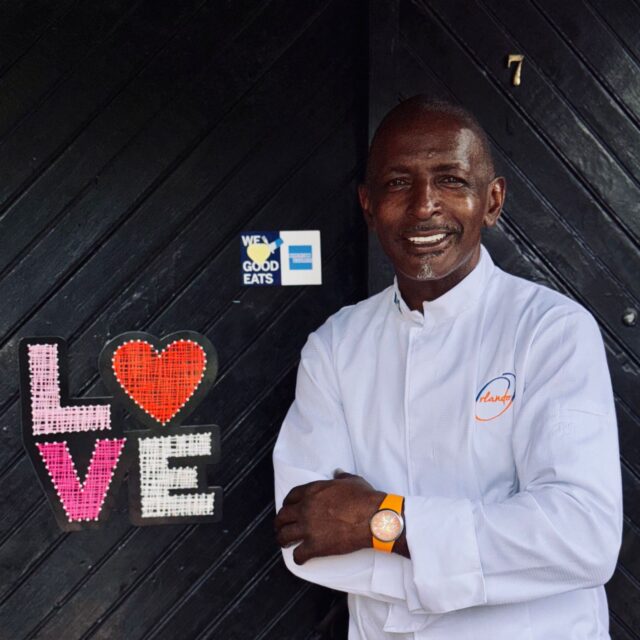Today, cats are hugely popular: you can admire them in all shapes and sizes on the internet and they are one of the most adored of all house pets. But it hasn’t always been that way.
So where did this recent and worldwide fascination for these extraordinary creatures come from? That is the mystery that the Yper Museum unravels in the impressive exhibition ‘PUSS. How cats have captured humans‘
‘PUSS. How cats have captured humans’ is not about cats per se. Instead, the exhibition explores the relationship between cats and people and how that relationship has changed over time. The Egyptians, for example, worshipped cats as sacred, while people in medieval Europe reviled and hated them as the work of the devil. PUSS also explains why for many years cats were regarded as little better than vermin but are now cherished as loveable (if somewhat mercurial) pets.
Recent scientific research has overturned many of our traditional ideas about cats. Cats were first domesticated in Egypt? Archaeological excavations carried out in Cyprus in 2014 revealed that cats were living with people on the island as long as 9500 years ago, millennia before the Egyptians. Cats are solitary hunters? Yes, but also social creatures who often live in groups. The Persian cat originated from Persia? Perhaps initially, but it largely acquired its present-day appearance in 19th century England! These are just some of the fascinating insights that the Yper Museum will highlight for a broad general public with outstanding works of art in ‘PUSS. How cats have captured humans’.
This is the very first time that so many quality works of art have been brought together in Ieper for an exhibition. The Yper Museum is proud to display more than 200 top exhibits in the famous Ieper Cloth Hall. A tour de force accomplished by a small but dedicated museum team, made possible thanks to a project subsidy from the Flemish government.
This is the very first time that so many quality works of art have been brought together in Ieper for an exhibition. The Yper Museum is proud to display more than 200 top exhibits in the famous Ieper Cloth Hall. A tour de force accomplished by a small but dedicated museum team, made possible thanks to a project subsidy from the Flemish fascinating dialogue with each other. For example, the work ‘Katten in Zakken’ by Karel Dupon, in which two ceramic sculptures of cats seem to be sitting in a sack, stands next to medieval tiles that illustrate how in those days cats were seen as the devil’s helpers. Similarly, a monumental painting from the 17th century by Jan Cossiers hangs next to an equally monumental biro-drawing by Jan Fabre.




